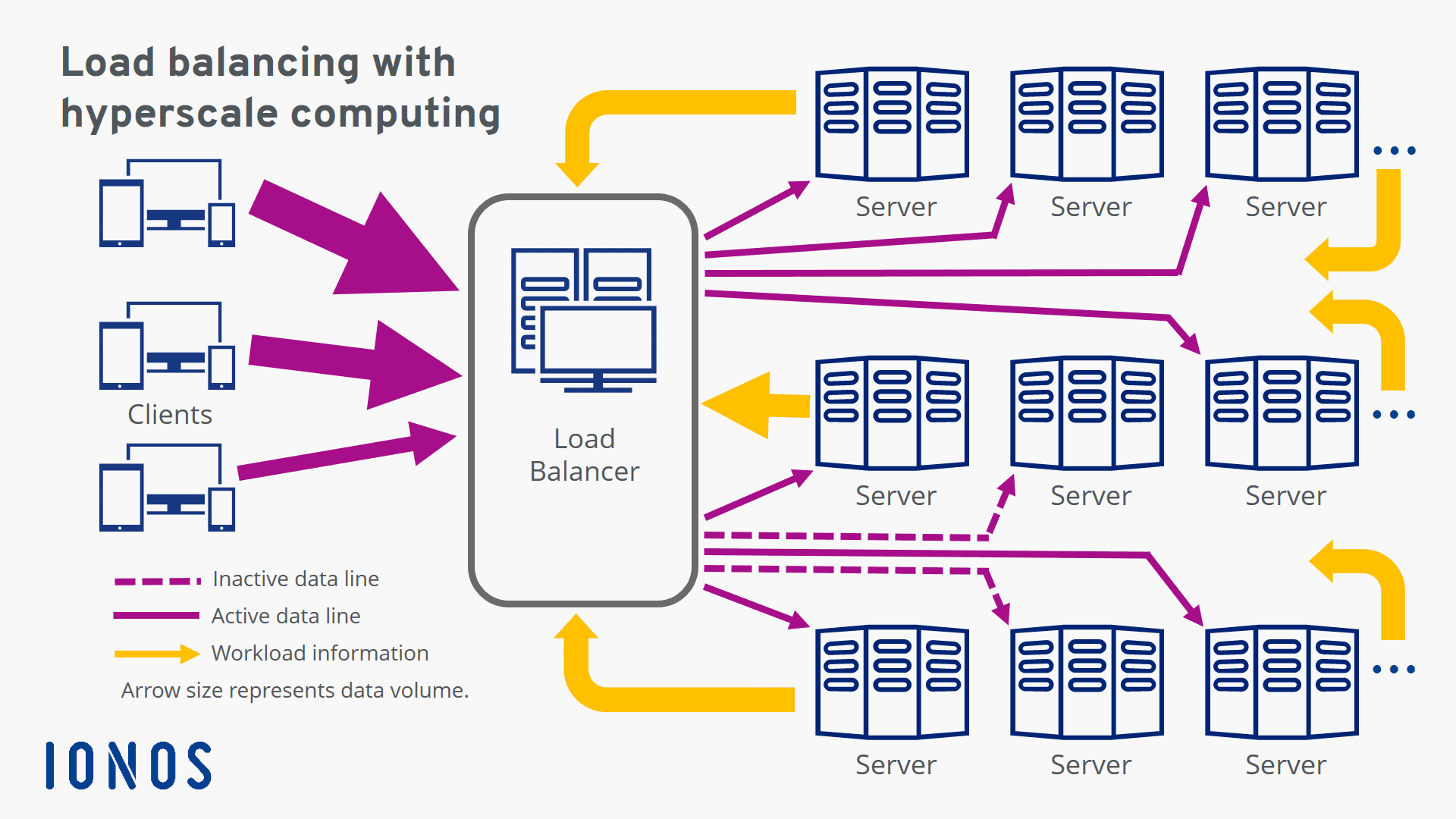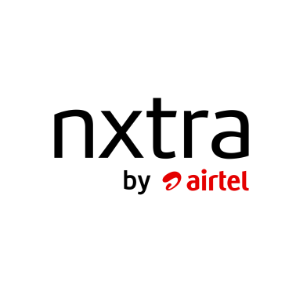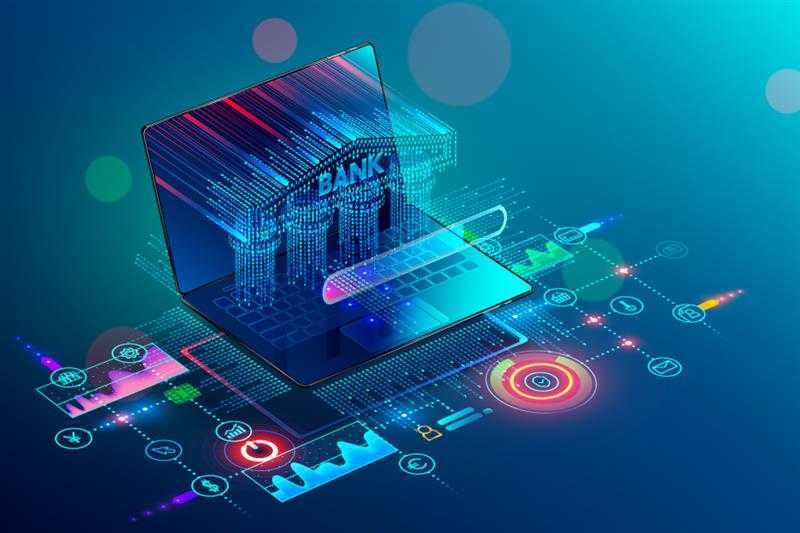The next-gen data center facilities must be designed for maximum capacity, data adaptability, and cost-effectiveness. This is where hyperscale computing data centers come into the picture.

In today’s dynamic business scenario, balancing the data center services and business requirements can be an Achilles heel for business leaders. Agile and flexible platforms are needed for enterprises to manage a business in this ever-changing business landscape. Operational efficiency has taken center stage today and will remain a long-term goal for business leaders in their pursuit of achieving profitability and growth.
Every business function today is data-driven. Enterprises are consistently looking for ways to optimize the way they manage data and are asking for data center environments that are flexible enough to scale up and down with the changing business needs. Most importantly, in the digital ecosystem, data volumes fluctuate, making it difficult for enterprises to gauge the exact server capacity required in the long term. This is precisely why the need for scalable server infrastructures has arisen. Often the traditional data centers are not equipped to handle this variation. This is where hyperscale computing data centers come into the picture.
Let’s deep dive into what Hyperscale computing is and how it is empowering businesses with scalable data platforms.
Introduction to Hyperscale Computing
Hyperscale computing architectures can scale up or down depending on the requirements of an enterprise. These architectures have thousands of servers working together with the help of a high-speed network. Hyperscale computing is built on or enabled by the biggest cloud providers - Microsoft Azure and AWS.
Hyperscale data centers are built of three concepts:
- Flexible and cost-effective IT infrastructure that is bolstered by distributed systems that helps to reduce data center complexities and improve business operations
- Ability to scale based on the changing requirements of an enterprise’s computing tasks
- Cost-effective, agile, and secure hardware and software components
What this means is data centers built on hyperscale computing can adapt to the variations in business demands - both for scaling up and scaling down. They enable enterprises to easily increase computing ability, networking infrastructure, memory, or storage resources. The greatest advantage of hyperscale data entering us is that they empower organizations to scale at a rapid pace massively.
The Hypercomputing Architecture - How it Works?
In hyperscale computing, servers that can be easily networked together are horizontally networked. Only a few basic conventions like network protocols are used in this case, which makes managing communication between different networks very easy. The network has a computer referred to as ‘Load Balancer’, which is responsible for balancing the incoming requests. This means the load balancer analyses the incoming requests and then routes them to servers with the most available capacity. Load balancer's primary function is to continuously monitor the load on each server and the amount of data that needs to be processed. The load balancer then switches o\the servers on or off accordingly - helping the data center to scale up or down when needed.

Image Source
Key Components of a Hyperscale Data Center and their Advantages:
Hyperscale data centers are built on the components that give enterprises an obvious advantage over the traditional data center models. Let’s look at these components and the benefits they offer -
- High-density servers: Hyperscale data centers are equipped with a range of computing applications and high-density server configurations that allows them to support high volumes of data. The robust architecture of hyperscale data centers has thousands of singular servers that are knitted together - these are also known as vanity-free servers. These nodes or servers are further connected by robust and high-speed networks. These high-density servers are a critical component of the hyperscale data center that helps in optimizing performance in a cost-efficient manner.
- Portable Applications: Hyperscale data centers have cloud-based applications that are highly portable. These are cluster-aware applications that can easily distribute workloads across a cluster nodes grid. Even if one server fails, the parallel nodes of these portable applications can help to easily share the workload. This continuity is something that is not available in traditional data centers where the server that supports a critical application needs to be fixed, in case of a problem, before it effectively starts running again.
- High-Density Cooling: In traditional data centers, cooling facilities account for one of the largest operational expenses. Unlike traditional data centers, in hyperscale data centers, the cooling and airflow are optimized throughout the structure through high-density cooling elements, reducing the overall cost of cooling.
- Automation: Most elements in the hyperscale data center are automated. This helps in optimizing the manual resources required to manage the facility.
- Renewable Power: Unlike traditional datacenters that use UPS-based or valve-regulated, lead-acid batteries for power backups, a hyperscale design uses lithium ion-based batteries for powering the cabinets. These batteries offer a considerable amount of energy sustainably. A lot of hyperscale data centers run on solar power too. This not only helps in reducing the operational expenses of the facility but also helps in reducing the carbon emissions and hence the negative impact on the environment.
- Security & Disaster Recovery: Hyperscale data centers are equipped to offer virtual data security on a very large scale. These systems have inbuilt recovery and backup steps making them always ready to tackle potential risks like - data breaches, security threats, etc. For instance, these data centers offer a layered security infrastructure, making the systems resilient and risk-averse.
- 24×7 Support: As mentioned earlier, hyperscale Data centers have vanity-free servers. Most hyperscale data centers have a team of dedicated operators that help to maintain these thousands of servers and provide support even at the granular levels.
Conclusion
The humungous amount of data that businesses generate today, the fluctuations in the data requirements, the aim to achieve higher business efficiency combined with the complexities of existing data center ecosystems have created a need for new-age data center solutions. The next-gen data center facilities must be designed for maximum capacity, data adaptability, and cost-effectiveness. This need for scalable and cost-efficient data centers has led to the rising demand for hyperscaling in the cloud as a service. A report suggests, by the end of 2022, the Hyperscale data center market will reach $80.65 billion. In the coming years, the need and popularity of Hyperscale data centers are bound to see a further rise. Nxtra (an Airtel company) designs, builds, and operates design, the largest network of hyperscale, core, and edge data centers in India. Find out more about our service here.
Nxtra by Airtel, a subsidiary of Bharti Airtel Limited, offers
largest network of secure, scalable, and sustainable data centers
in India to leading enterprises, hyperscalers, start-ups, SMEs
and governments.
Follow us on :







_1724410758.jpg)
